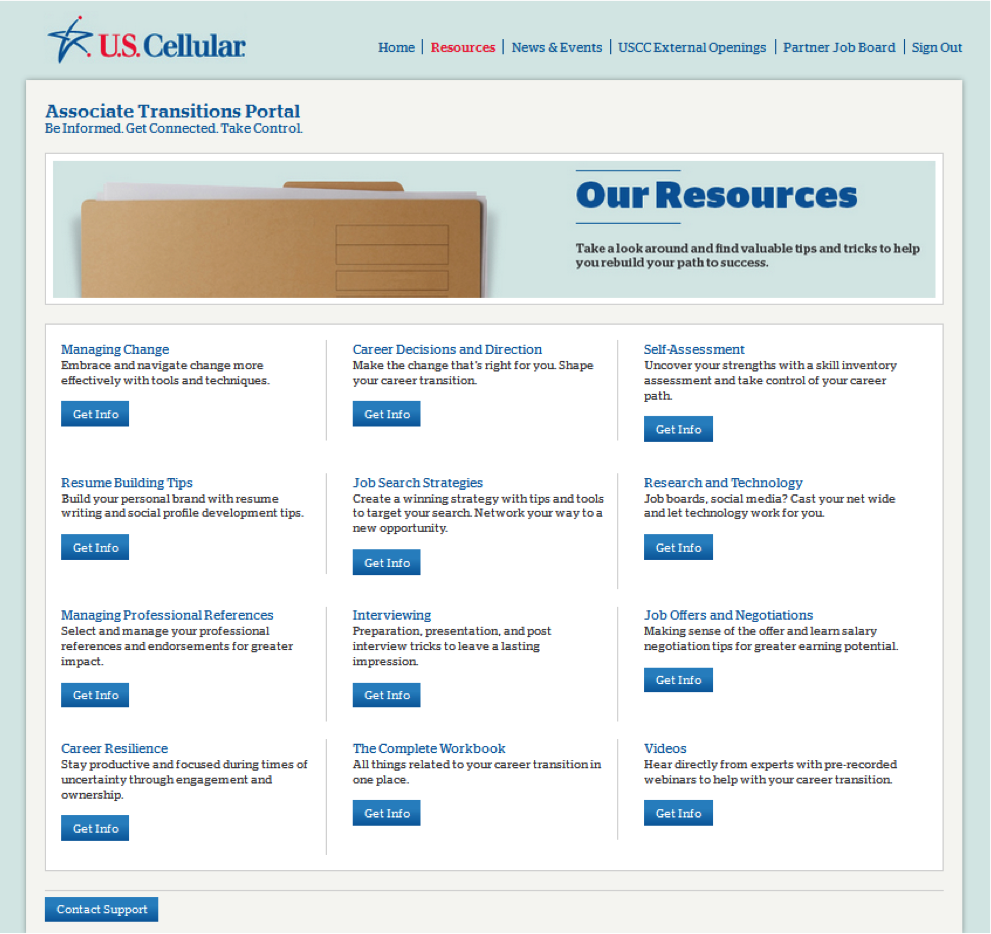Editor’s note: The Weekly Wrap is taking one more week of vacation. It will return next week.
Even taking into account the usual summer hiring slowdown, the August jobs report from the U.S. Labor Department can only be called surprising.
The Bureau of Labor Statistics said 142,000 new jobs were created in August, a number far off the 220,000 to 230,000 economists forecast. Unemployment inched down to 6.1 percent from 6.2 percent.
It was the smallest increase yet this year, and follows six months of gains over 200,000 jobs each. Going into August, the monthly average gain in new jobs was 230,000.
Few expected such a large drop
August’s private sector jobs report from ADP and Moody Analytics foreshadowed a lower August job growth when it came in at 204,000, which was also below expectations. Few, though, expected so big a decline in August, which was also accompanied by a net downward revision of June and July’s numbers of 28,000.
The slight decline in the unemployment rate came from fewer working-age Americans participating in the labor force. The participation rate in August dropped back to 62.8 percent from 62.9 percent, hovering near historic lows.
Economists say about half the decline in workers — 268,000 in August — can be attributed to Baby Boomers retiring. However, the balance comes from workers who have simply given up trying to find jobs. Luring them back to work and reducing the overall employment rate requires steady job increases over 200,000; some of the estimates put the need significantly above that threshold.
But with no change in the average workweek for all employees — 34.5 hours for the sixth consecutive month — and manufacturing overtime holding steady at 3.4 hours, a spurt in job growth isn’t likely in the immediate future.
“A pause in the recent momentum”
Bloomberg News described the impact of the August report as “a pause in the recent momentum of the U.S. labor market as companies assess the prospects for demand.” The Los Angeles Times said, “The slowdown was unexpected after most recent economic data had suggested that the economy was growing at a healthy pace.” “A stumble for labor markets,” was what The Wall Street Journal said.
The silver lining, most reports noted, is that the weakness of the report will keep the Federal Reserve from hastening implementation of its plan to increase interest rates. The New York Times said, “the August jobs data may take pressure off the Fed to move more quickly than expected on rates.”
Most industry sectors had weak gains or shed jobs in August. Health care, constructions, hospitality, and temp jobs were the biggest gainers. Key sectors and their gains or losses:
- Health care plus 34,000, with 22,800 of those jobs coming in the ambulatory services sector, especially in physicians’ offices;
- Restaurants and bars added 21,500 jobs, but cuts in other sectors of the leisure and hospitality industry created a net gain of 15,000;
- Construction showed strong growth, adding 20,000 jobs. Specialty contractors accounted for 11,500, most of those in the residential building area;
- The temp and staffing sector added 15,400 jobs, with temp jobs accounting for 13,000;
- Financial services, which includes banks, Wall Street, real estate, and insurance, a sector that suffered deep losses over the years of the recession and is only slowly improving, added 7,000 jobs.
